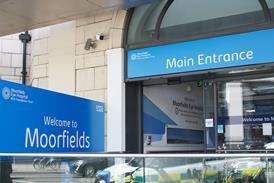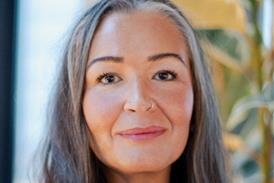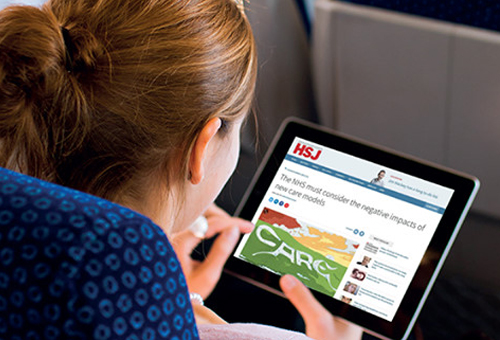This HSJ immersive feature discusses how charities can contribute to Lord Darzi’s three shifts and the difficulties in shaping long-term relationships between the NHS and the third sector
The NHS cannot deliver the 10-Year Health Plan alone: to make the step change it envisages, it will need assistance from other bodies, including the charity sector.
In association with
The plan, released in July, makes it clear the government recognises both the current role the voluntary sector plays in delivering services and what it could do in the future. Charities already provide some NHS-commissioned services, ranging from supporting patients who are ready to leave hospitals to offering activities to those who are at risk of social isolation. Many now work alongside both trusts and integrated care boards and focus on providing the sort of holistic care that does not always fit easily into an NHS model focused on episodic illness.
But the 10-Year Health Plan could offer a chance to step up that work and make a difference to more patients, as well as those at risk of becoming patients. It calls for more integrated working between the NHS, local government and the voluntary sector and points to evidence that this can save money, with a recent study showing a 6 per cent reduction in costs and a 6 per cent improvement in patient outcomes from integrated care.
The plan suggests neighbourhood health centres will co-locate NHS, local authority and voluntary sector services, improving access to services for patients and driving more integrated working. The centre – which will increasingly be the Department of Health and Social Care as NHS England is abolished – will form partnerships with voluntary organisations.
The plan builds on Lord Ara Darzi’s September 2024 report on the NHS. He outlined three shifts – from hospital to the community, from analogue to digital, and from sickness to prevention. These shifts may offer opportunities for charities, provided they can navigate the pitfalls of dealing with an overstretched and resource-poor NHS.
Many larger charities believe they could swiftly scale up solutions that have been used successfully in smaller areas. Lisa Hollins, British Red Cross, executive director, UK operations, points out that those solutions are very much evidence-based. “Our work is very focused on people and ensuring that they get the best life possible,” she says.
“Our teams see firsthand how wider social factors affect people’s health,” she adds. “We have taken people home from hospital to begin recovery, only to find they have no food or heating. From our work with people who need to make frequent [emergency department] visits, we know there is a clear link between deprivation, inequalities, and people reaching a crisis point in their health.
“Providing care closer to home through neighbourhood health centres has the potential to be transformative for people.”
However, achieving this may require a change in how the NHS views and contracts with charities. “We feel charities are still very underused and often undervalued within the health system,” says Charlotte Nicholls, head of influencing at the Richmond Group, which represents larger charities. They are often seen as a “nice to have” rather than integral to service delivery, she adds.
“I think it’s a big mindset shift for the NHS and also for commissioners,” says Ms Hollins. “A lot of commissioners don’t know what the voluntary sector does.”
This HSJ immersive feature, in association with the British Red Cross, will look at what charities can offer through the lens of each of Lord Darzi’s three shifts and some of the challenges in building sustainable long-term relationships between the NHS and the third sector.

























